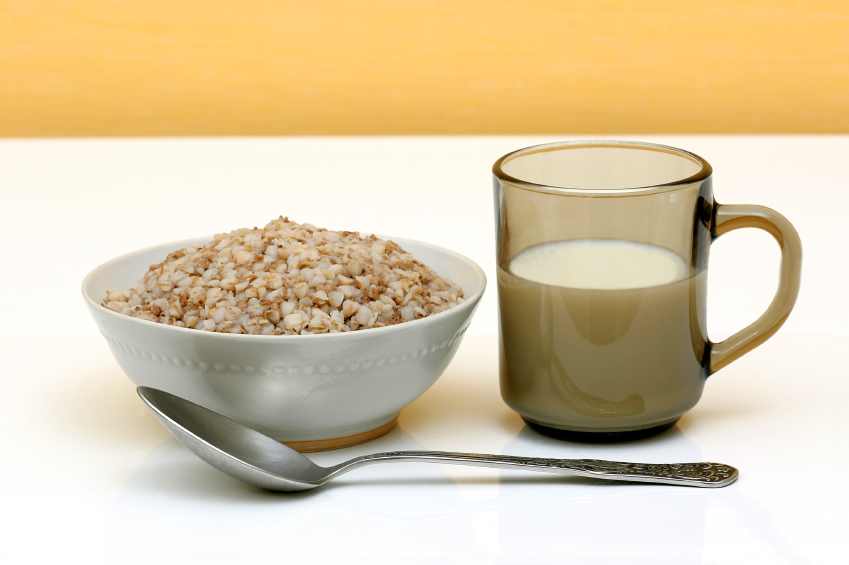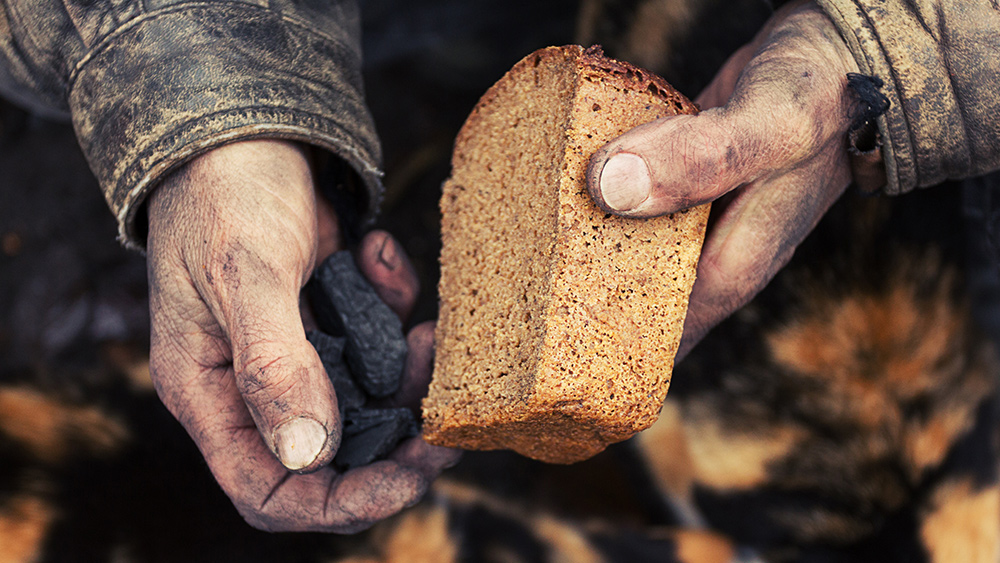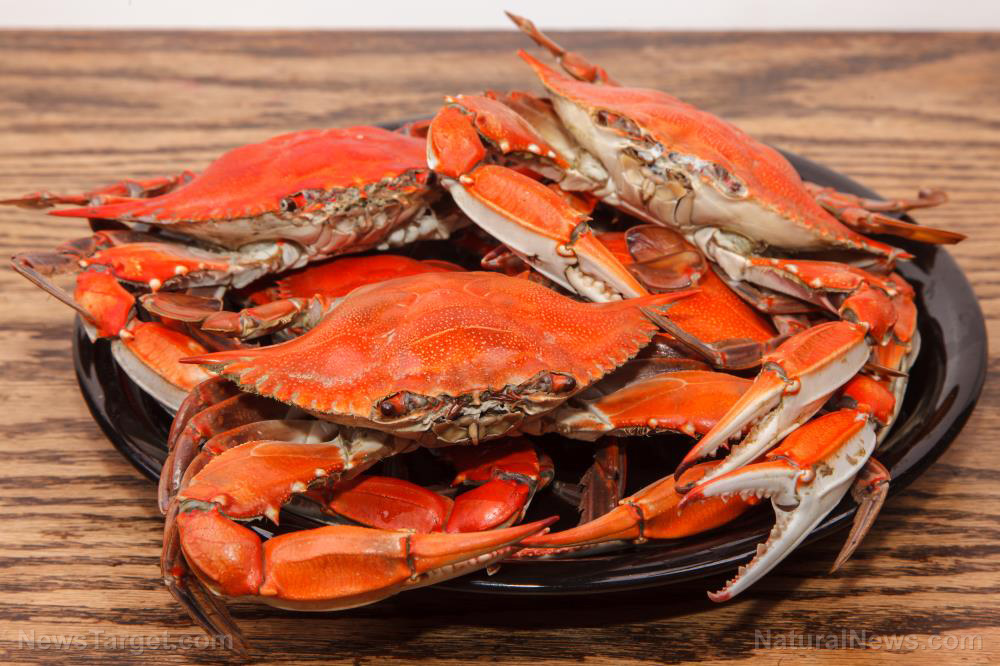
Advertisement
Porridge has evolved from being labeled as mush, slop or pulse. The flavor and healthy qualities of porridge have also been rebirthed, according to Npr.org, who says this easily prepared dish can be a nutritious, “nutty, spicy or sweet” flavorful and fulfilling meal. Today’s porridge ‘starts off’ identical to the traditional type our great-great grandparents ate – grains cooked in water or milk. Think jasmine or basmanti rice, grits, millet, oats, polenta, barley, rye, corn and additional heirloom favorites.
As more people long for authentic and healthy food, porridge preparation is getting a serious second life; it’s not just for those desiring gluten-free or paleo diets. Today’s chefs are also elevating porridge to a new level of taste, colors and spice, limited only by their imagination. They’re stirring in blueberries, pomegranates, honey, raisins, molasses, berries, butter, tumeric, nuts, cilantro, seeds, “carrots, peas, green beans, dried onion flakes, garlic, ginger, chili, cardamom and cinnamon.”
Porridge is a food source that has played an enormous role in world history, says Rachal Laudan, the author of Cuisine and Empire, because grains were easy to grow and able to be stored long term. The nutrition from this mighty meal provided our ancestors with enough stamina and strength to build city- states and empires. Imagine Chinese workers building the Great Wall fueled by rice porridge, or the Romans erecting the Coliseum nourished with barley porridge.
The versatility and ease of preparation are to more reasons for this food staple revival. Porridge can be transformed into other dishes. Adding protein with meat or fish turns porridge into pottage. Leave porridge in the refrigerator overnight and then cut strips to fry, dolloping honey and spices on the strips. Throw in extra milk, cheese, raw vegetables, raisins and butter. Or simply find an heirloom grain and keep things simple, like Jason Stanhope, who is “an James Beard award winning chef” at the Fig restaurant in Charleston, South Carolina.
Chef Stanhope likes serving up a South Carolina heirloom variety rice called Carolina Gold. He cooks the rice as grits and adds a little butter and a special sesame seed called Benne. He calls this simple dish ” a magical combination.”
Grains cooked in water or milk sustained civilization for thousands of years. With their ease of growing, storage and preparation, putting porridge back on the breakfast, lunch or dinner table might just help us rebuild this one.
Source:
Submit a correction >>
This article may contain statements that reflect the opinion of the author
Advertisement
Advertisements















